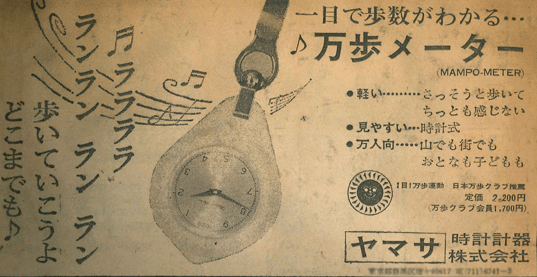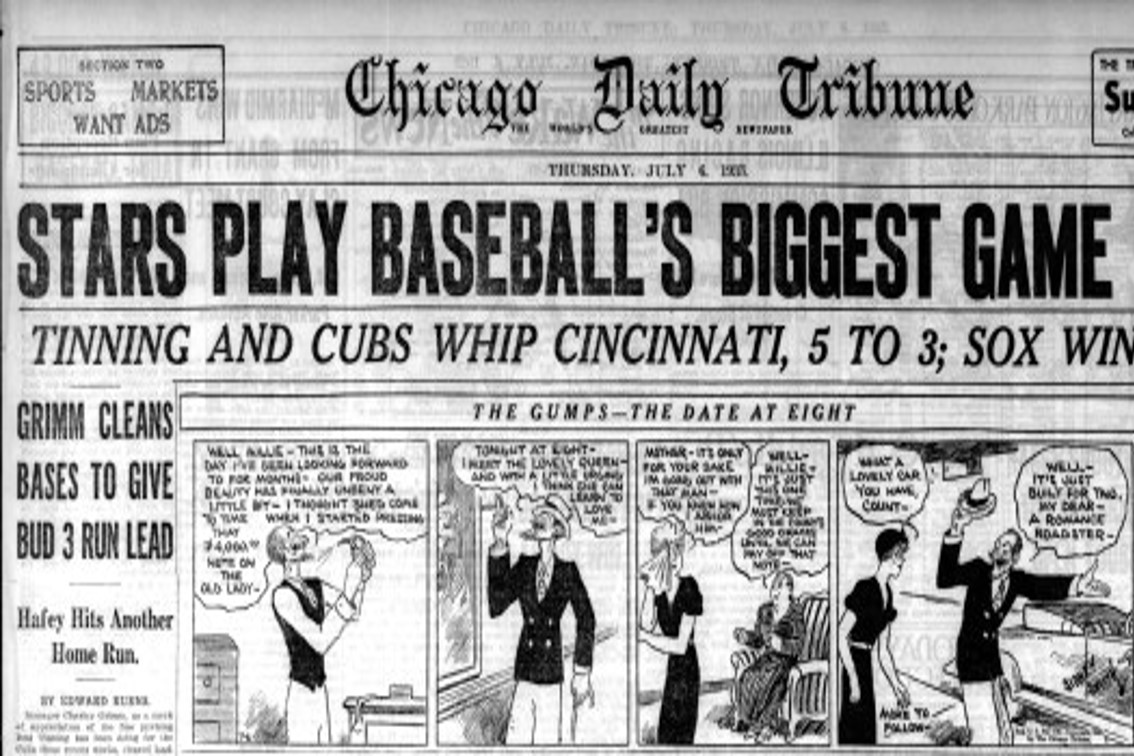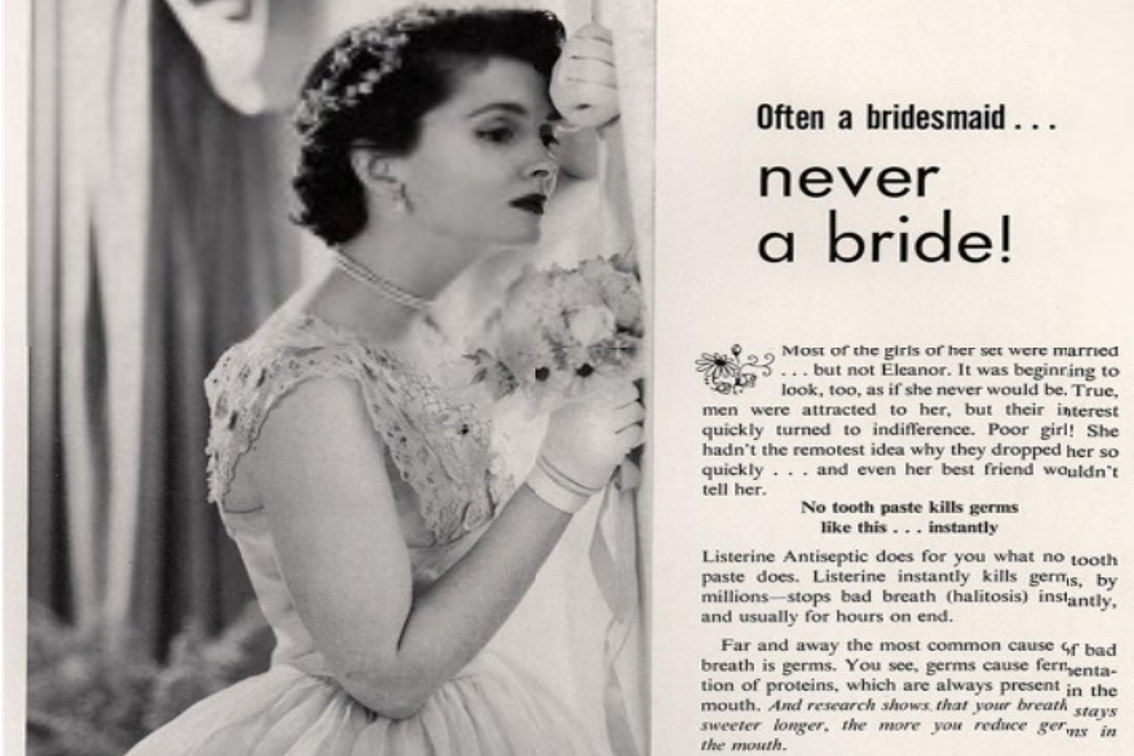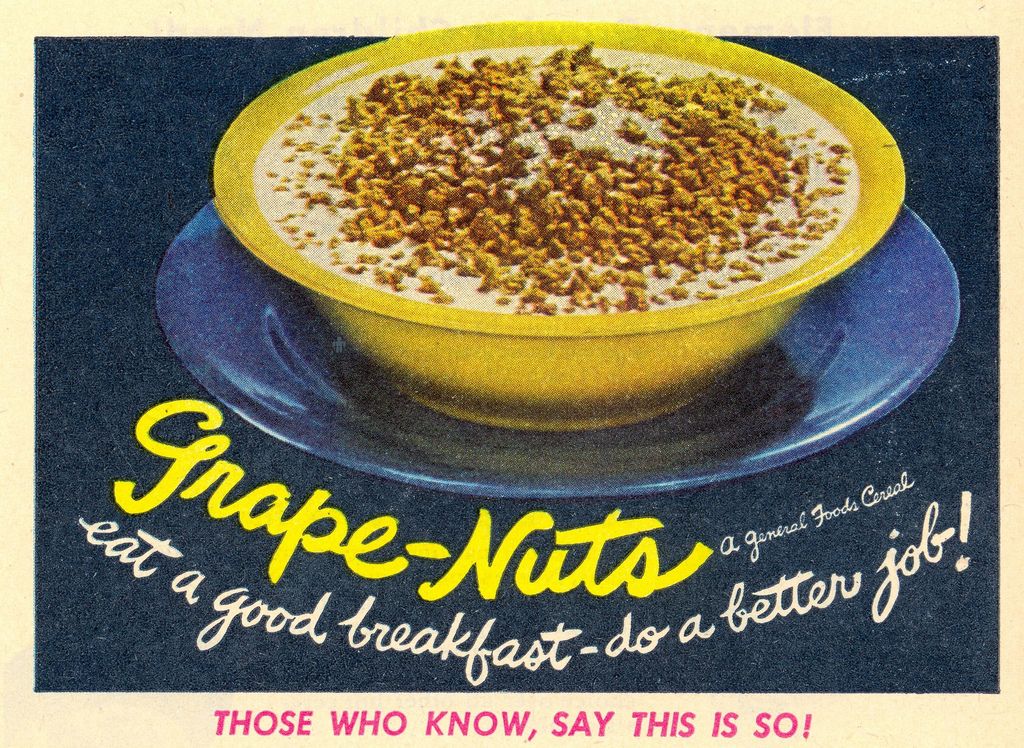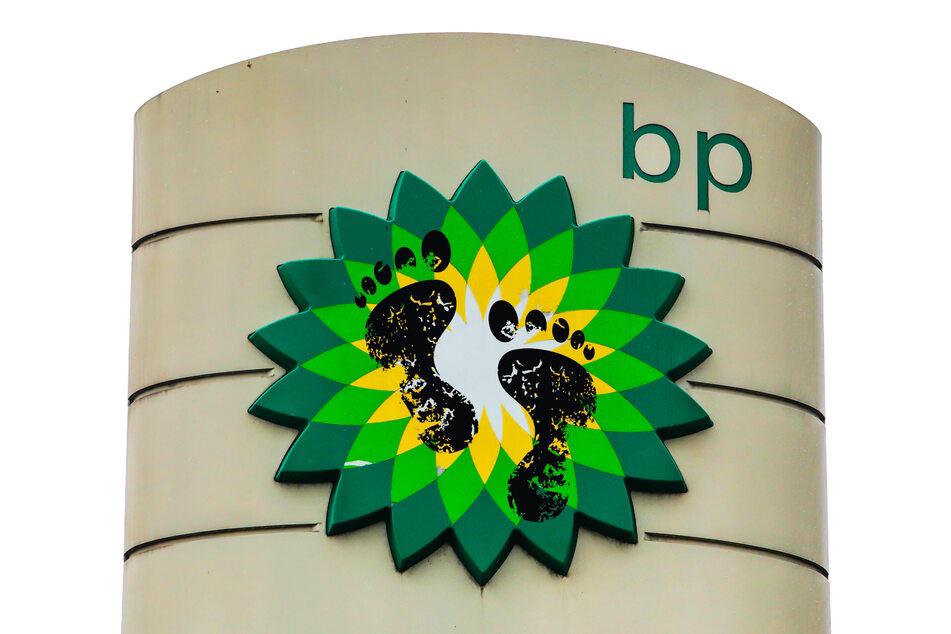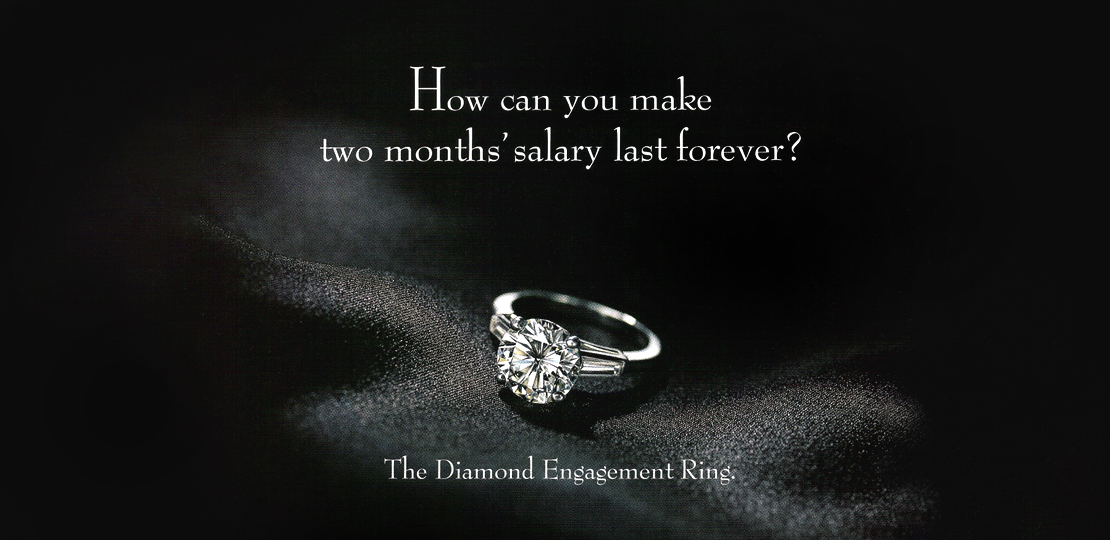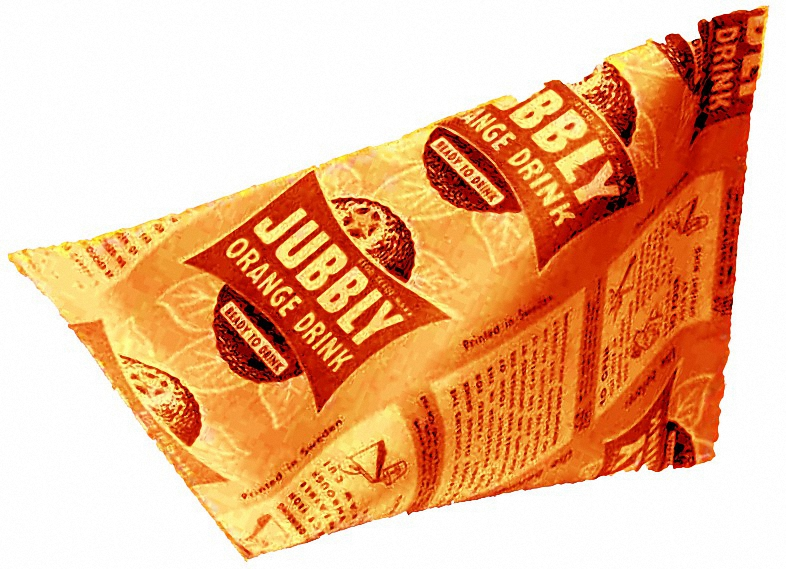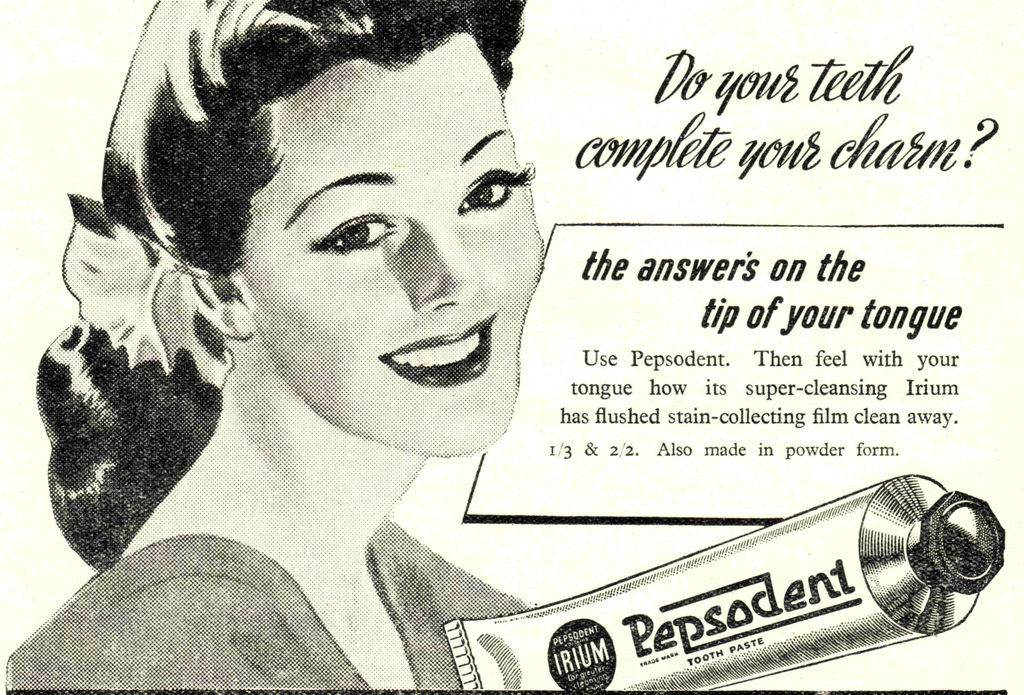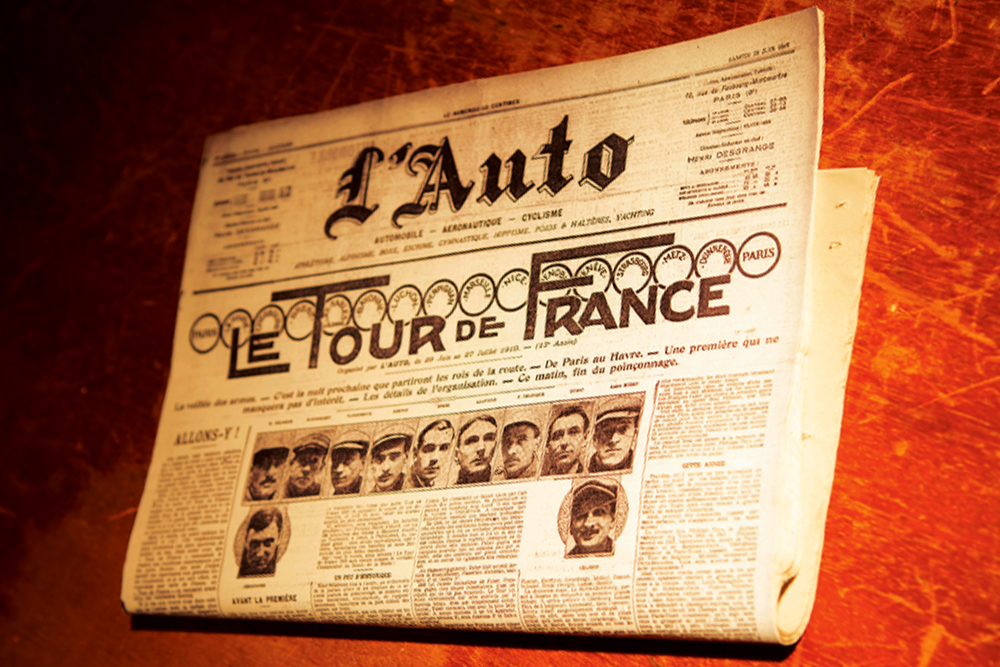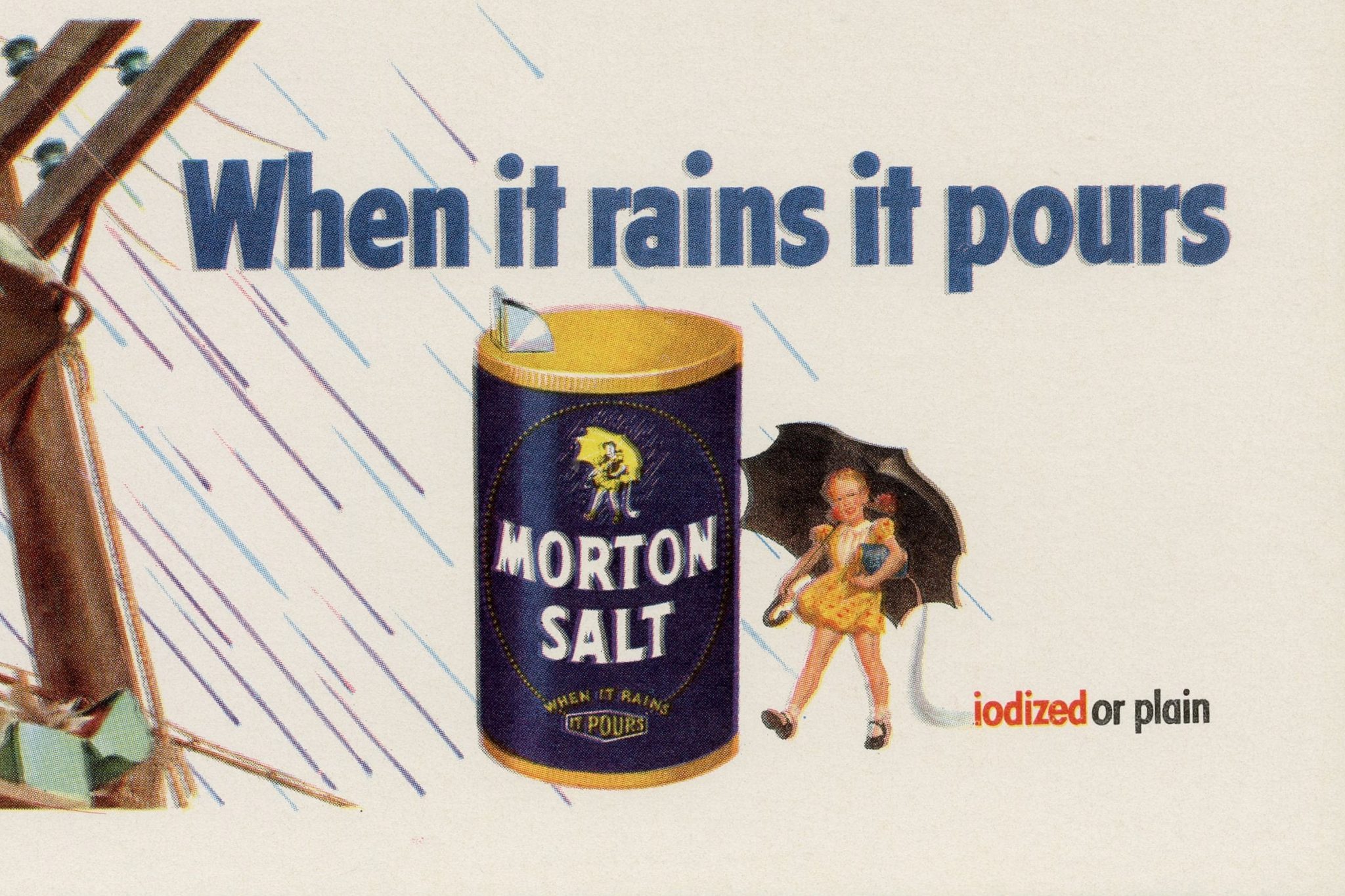There is surprisingly little science behind this well known rule. It actually dates back to a marketing campaign, released by a pedometer company before the start of the 1964 Tokyo Olympic Games. The Japanese character for 10,000 looks rather like a person walking, so the device was called the Manpo-kei or 10,000 steps meter.
Culture shaped by marketing
Brands largely fail to tap into culture – but a rare few shape it forever.
The annual spectacle was devised by the Chicago Tribune, as a way of driving readership – and general spend – during the Great Depression.
Aloha Friday, the tradition of wearing more casual attire on Fridays, initially grew out of an effort to promote aloha shirts. In a campaign called ‘Operation Liberation’, the Hawaiian Fashion Guild distributed two aloha shirts to every member of the Hawaii House of Representatives and the Hawaii Senate. Subsequently, a resolution passed in the Senate recommending aloha attire be worn throughout the summer.
This came from a 1925 Listerine ad campaign, claiming that clean teeth were the key to finding a partner.
Before the 1920s, bacon was not a quintessential breakfast dish. It took a brilliant PR campaign from the Beech-Nut Packing Company, who claimed that their product was healthy and backed by doctors.
In 1944, a marketing campaign for Grape Nuts would be unleashed called “Eat a Good Breakfast — Do a Better Job”. Radio ads used to say: “nutrition experts say breakfast is the most important meal of the day.” This marketing phrase became soaked into our lexicon ever since.
In 2005, BP ran a PR campaign which popularised the idea of carbon footprint – a way of portraying climate change as a result of individual actions, rather than the activities of fossil fuel companies.
De Beers has single handedly transformed our notion of engagement rings. On the eve of World War Two, a mere 10% of engagement rings contained diamonds. After the brand’s ‘A Diamond is Forever’ campaign, that figure was 80%. What’s more, the campaign imprinted the idea that a man should spend two month’s salary on the ring.
The term “jaywalking,” referring to crossing the street recklessly or illegally, was coined by the US auto industry to shift blame for car accidents from drivers to pedestrians.
The common phrase is an early example of a brand asset; a 1950s advertising slogan for Jubbly, an orange-flavored soft drink.
Christmas might be the most magical time of year but it’s still motivated by profit: Rudolph the Reindeer was originally a promotional tool. Retailer Montgomery Ward had been buying and giving away booklets for Christmas every year and decided that creating their own book would save money. So in 1939 copywriter Robert L. May created Rudolph as part of the first published book, eventually selling 2 million copies.
Claude Hopkins, an ad executive, almost single handedly created the habit of toothbrushing. His campaigns for Pepsodent turned it into one of the best-known products on earth, with everyone from Shirley Temple to Clark Gable bragging about their ‘Pepsodent smile.’ Before the campaigns appeared, only 7% of Americans had a tube of toothpaste in their medicine chests. A decade later, that number had jumped to 65%.
In 1903, the French sports newspaper L’Auto needed a way to increase newspaper sales and beat off competition from Le Vélo. The chief cycling journalist created a six-day cycling race all around France, and invited the most famous road racers of the time to compete. The Tour de France increased L’Auto’s circulation more than sixfold, and is now watched by 1 billion people each year.
The phrase originates from a 1914 ad campaign by the Morton Salt Company, where the slogan was used to highlight how their salt would pour freely even in humid weather.

